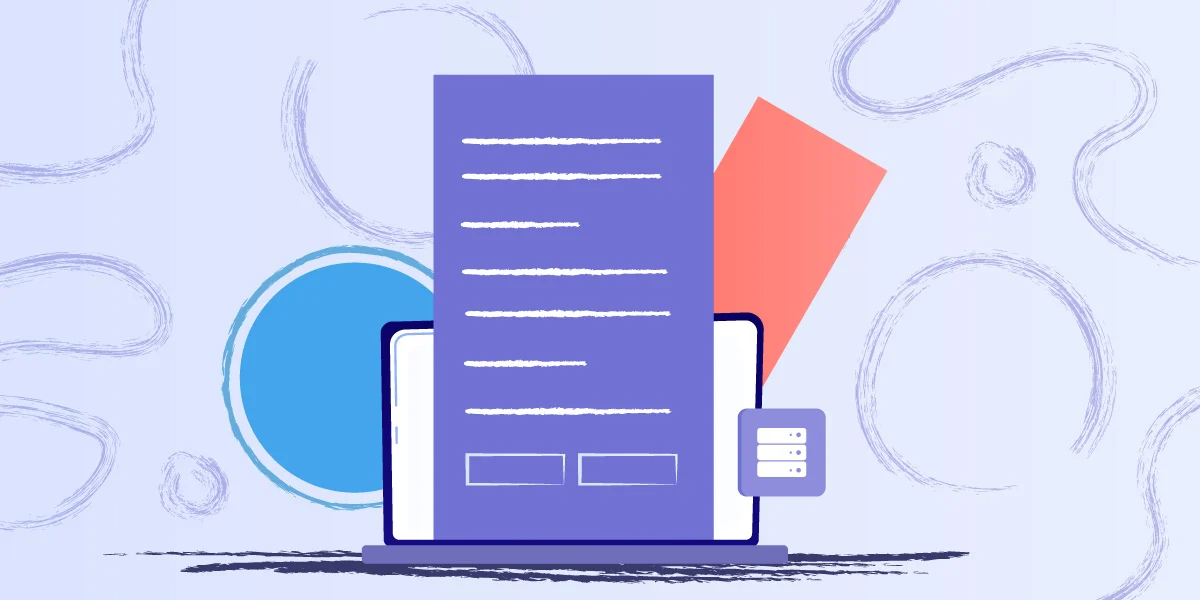Are you feeling like a mess of numbers and subnet masks as someone starts to talk IP addresses? It’s not unusual. Mastering IP Subnetting is no joke but don’t despair: this ultimate subnetting cheat sheet will make the process less of a daunting mystery! By following this guide you’ll acquire the knowledge to dissect the confusing details surrounding subnets with precision and confidence. Any network administrator, whether they have years of experience or are beginning to learn about networking, need to know the basics of IP addressing.

Subnetting IP is an essential skill for network administrators and IT professionals, allowing them to effectively manage and optimize network resources. To help you understand the complexities of subnetting, we have created the ultimate cheat sheet. This comprehensive guide, whether you are a novice or simply need an instant reminder will give you the essential information and techniques to IP subnetting.
I. Understanding IP subnetting:
IP subnetting is a method which divides a network into subnetworks or smaller networks to boost the performance of the network and control IP address assignment. This involves creating logical networks within a vast network and assigning IP addresses unique to each one. This permits efficient data routing, while also improving security.
II. Subnetting is a must cheat sheet:
A subnetting cheatsheet can be a useful tool for administrators of networks. It is a handy source of formulas guidelines, rules, and subnetting strategies. This makes the subnetting process easier and more precise. When you’re trying to calculate subnet masks, identify host and network ranges or perform subnetting calculations, having a cheat sheet at to hand will cut down on time and guarantee accuracy.
III. IP Subnet Cheat Sheet: Important Elements
1. Subnet Mask Subnet Mask: A subnet mask can be used to determine the host and network components of an IP address. The cheat sheet is useful as a quick reference to determine the subnet’s location according to how many network bits are in place.
2. Network Address: The address of the network is the base address for a subnet. It identifies a subnet in the larger network.
3. Broadcast address: The broadcast address is the most prominent address in a subnet. This address is used for sending data to all devices that are part of the subnet.
4. Host Range The host range comprises all valid IP addresses assignable to devices in the subnet, but not the broadcast and network addresses.
5. CIDR notation: Classless Inter-domain routing (CIDR) that is indicated by the slash symbol (/) that is followed by number network bits, symbolizes the subnet mask. This cheat sheet contains an easy conversion table.
IV. Tips and techniques to subnetting success:
1. Subnetting with a hand The cheatsheet subnet offers step-by-step guidelines for subnetting. It does not require calculators or any subnetting software. Understanding the basic concepts will allow you to tackle the subnetting challenge easily.
2. Variable length subnet masking (VLSM). This allows the creation of different sizes of subnets assigned to a single network. The cheat sheet subnet gives instructions on how to utilize VLSM effectively in order to optimize IP address assignment.
3. Binary to Decimal Conversion: Understanding binary-to decimal conversion is vital to subnetting. This cheat sheet provides the conversion chart along with tricks to quickly convert binary numbers into decimal.
4. Subnetting Quick Reference Chart The cheat sheet contains subnetting charts, mapping the number of bits in a network to the corresponding subnet mask, the number of subnets and the number of hosts per subnet.
5. Subnetting Examples Cheat Sheet: This cheat sheet gives an example of practical subnetting and also sample problems, which allow you to test your skills and reinforce your understanding.
V. Benefits of subnetting cheat sheets
1. It is possible to save time by making use of a cheat sheet to perform subnetting. It lets you quickly and efficiently complete subnetting calculations.
2. Accuracy & Efficiency: The cheatsheet acts as a reference that can be relied upon to decrease the chance of errors during subnetting calculation and ensure efficient use the network resources.
3. Learning Aid: The cheatsheet works as a teaching tool to assist you in understanding the subnetting concept. It helps you understand the concepts and allows you to apply subnetting concepts with confidence.
With a solid understanding of IP subnetting, IT professionals can easily create networking systems and efficiently maintain IP networks. If you’ve read the complete network cheat sheet It is likely you have gained some key information on how to manage and examine subnets. Be aware that even though IP subnetting does not need to require an in-depth understanding of basic network basics, it is still important to review the basics first to be able to the power of this tool that is used by a lot of IT professionals nowadays. Like every IT skill you learn practicing is the most important factor. Do the IP Subnetting cheat sheet routinely to strengthen your understanding. Good luck!